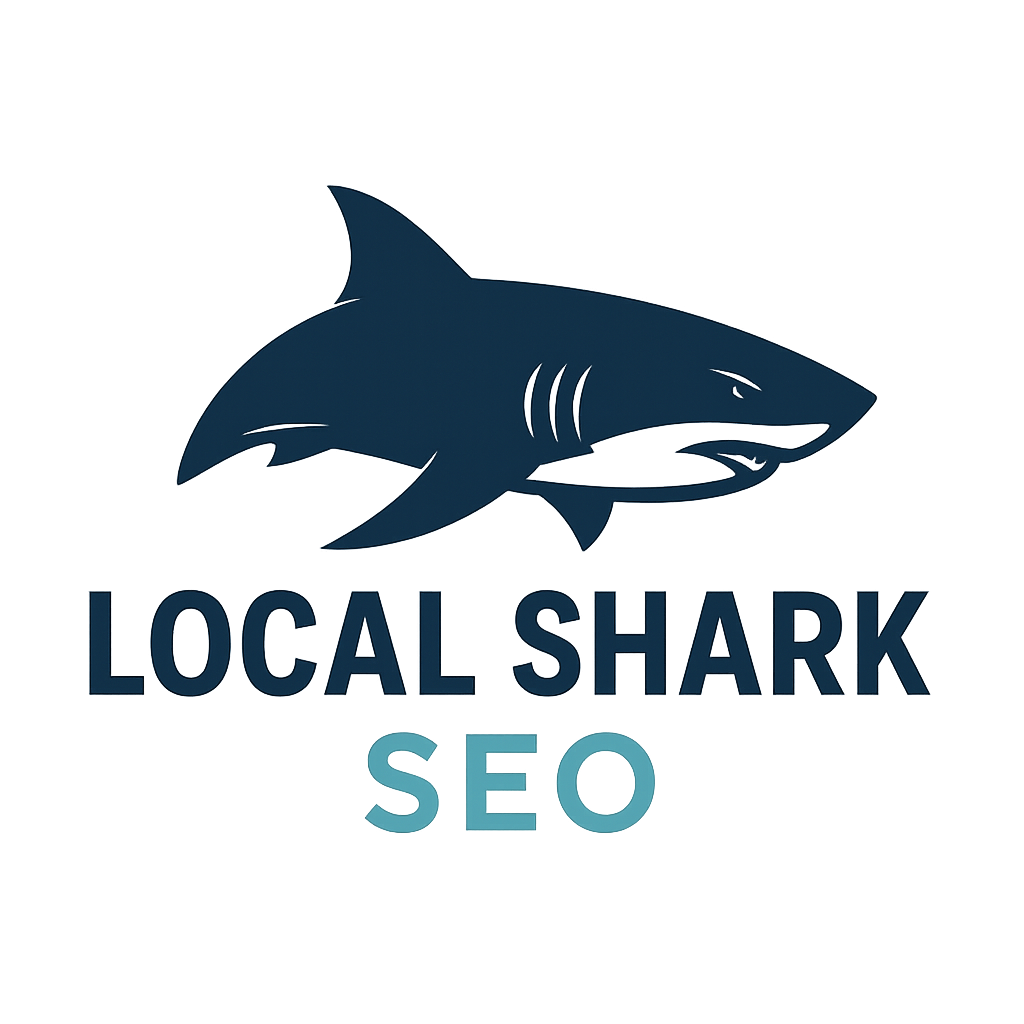In the world of SEO, user intent is a crucial concept that drives how search engines deliver results and, ultimately, how businesses can attract the right audience. Understanding user intent is not just about targeting keywords, but rather about understanding the why behind a user’s search. When you can align your content with what users truly need or want, you’re much more likely to rank higher in search results and drive more meaningful engagement.
What is User Intent?
User intent, or search intent, refers to the reason behind a search query. It’s the goal a user has when they type something into a search engine like Google. Essentially, user intent is the “why” behind the keywords being searched.
There are four primary types of user intent:
Informational Intent: The user is seeking information or answers to a question. For example, “how to tie a tie” or “SEO tips for beginners.”
Navigational Intent: The user wants to find a specific website or page. For instance, “Facebook login” or “Amazon homepage.”
Transactional Intent: The user is looking to make a purchase or complete an action, like “buy running shoes” or “sign up for newsletter.”
Commercial Investigation Intent: The user is considering a purchase and looking for options, reviews, or comparisons before deciding. For example, “best laptops under $1000” or “iPhone vs Samsung Galaxy.”
Understanding these intents is essential for businesses to create content that aligns with what users are actually searching for.
Why User Intent Matters in SEO
Search engines, especially Google, have become increasingly sophisticated at understanding user intent. In the past, ranking well was simply about using keywords and backlinks. However, with advancements in AI and natural language processing (such as Google’s BERT), Google now places a stronger emphasis on interpreting the intent behind search queries. As a result, ranking algorithms prioritize content that best satisfies that intent, rather than just matching keywords.
By understanding user intent, you can optimize your website in a way that resonates with your audience’s needs. This leads to better user experiences, higher engagement, and more conversions.
How to Use User Intent to Attract the Right Audience
To attract the right audience, it’s essential to tailor your SEO strategy around the various types of user intent. Here are key ways to optimize for user intent and ensure you’re attracting the right audience:
1. Conduct Thorough Keyword Research
Start by identifying the intent behind the keywords you’re targeting. Tools like Google Keyword Planner, Ahrefs, and SEMrush allow you to analyze the type of intent behind search terms. Use this information to guide your content creation.
For instance:
If the search query suggests informational intent, create detailed blog posts or guides.
For transactional intent, optimize your product pages, calls to action, and conversion funnels.
2. Create High-Quality, Intent-Focused Content
Once you’ve identified the user intent behind your target keywords, focus on crafting content that addresses those needs. For informational intent, write blog posts, FAQs, and how-to guides. For transactional intent, create product pages or optimized landing pages that clearly explain your offerings and encourage a purchase or action.
Ensure your content is highly relevant, valuable, and answers specific user questions. Google rewards content that thoroughly addresses search intent and provides real value to users.
3. Optimize for Featured Snippets
Featured snippets are the boxed information Google displays at the top of the search results. They often appear for queries with informational intent. To increase your chances of appearing in a featured snippet, structure your content with clear headings, bullet points, and short, direct answers to questions. Aim to provide concise, authoritative answers to common user queries.
4. Focus on User Experience (UX)
Google values user experience and will reward websites that are easy to navigate, fast, and mobile-friendly. When users land on your site, ensure they find what they’re looking for quickly. A good user experience reduces bounce rates, increases time on site, and boosts your SEO rankings.
5. Use Structured Data
Implementing structured data (schema markup) helps search engines better understand your content. This can improve your visibility for specific types of content like recipes, events, and product listings, allowing you to target specific user intents more effectively.
6. Optimize for Voice Search
As voice search becomes more popular, optimizing for natural language queries has become important. Voice searches often have conversational intent, such as, “Where can I buy shoes near me?” To optimize for voice search, focus on long-tail keywords and create content that answers direct questions in a conversational tone.
Monitor and Adjust Your Strategy
SEO is a continuously evolving field. Google’s algorithm changes regularly, and so does user behavior. To ensure your content remains relevant, it’s crucial to regularly monitor your search rankings, analyze user behavior, and adjust your SEO strategy based on the data. This will help you stay aligned with evolving user intent and remain competitive.
Conclusion
User intent is at the heart of modern SEO. By understanding the different types of intent and aligning your content with what users are truly looking for, you can attract the right audience, improve user engagement, and drive more conversions. Focus on providing high-quality, valuable content that addresses the specific needs of your audience, and you’ll see your SEO efforts pay off with improved rankings and a stronger connection with your target market.


